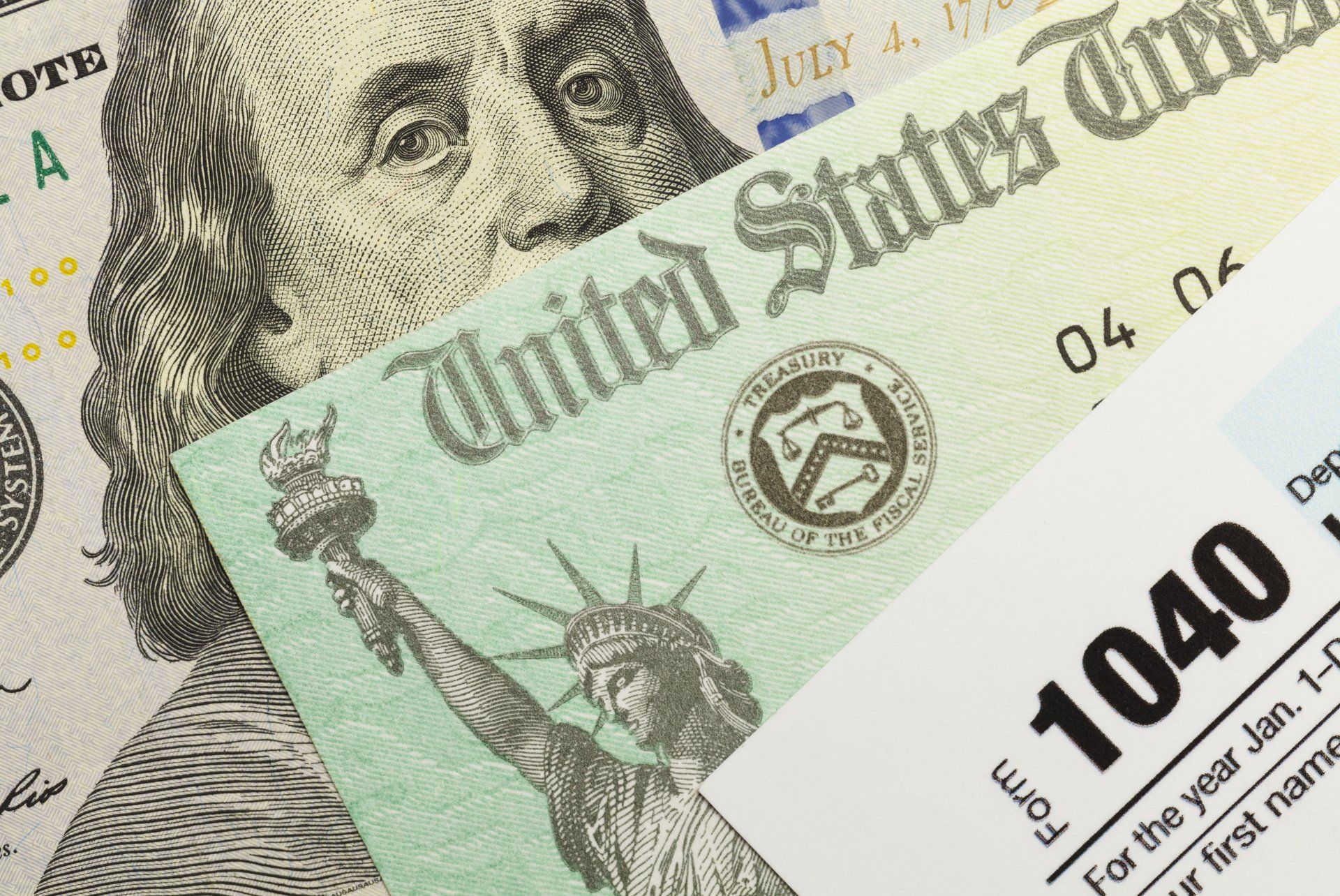Estimated Tax Requirements for Individuals
by Gregory S. Dowell
The Internal Revenue Code and accompanying Regulations (as well as the tax codes of virtually all state taxing authorities) specify when income taxes must be remitted to the government during the course of the year, as well as the minimum amounts that must be remitted. Taxpayers who fail to remit an adequate amount of income taxes to the federal (and state) government on a timely basis run the risk of incurring underpayment penalties. There are basically two ways that income taxes are paid to the federal and state governments during the course of the year:
1. Income taxes withheld from wages
2. Quarterly estimated income tax payments
Most people who receive the bulk of their income in the form of wages satisfy the payment requirements through the tax withheld by their employer from their paycheck. Even in those cases, however, a taxpayer may still need to make additional tax payments, if the taxpayer has significant income other than wages (say, rental income, dividends, capital gains, or a side business).
In addition to wage earners who have significant other income, other taxpayers who are exposed to the need to make quarterly estimated tax payments typically include:
1. Self-employed business owners (which also includes members of a limited liability company or a limited liability partnership)
2. Investors
3. Retirees
Individuals must pay 25% of a “required annual payment” by April 15th, June 15, September 15th, and January 15th (of the following year), to avoid an underpayment penalty. As a side note, when the due date falls on a weekend or holiday, the payment is due on the next business day. The required annual payment for most individuals is the lower of 90% of the tax shown on the current year’s return or 100% of the tax shown on the return for the previous year. Certain high-income individuals must meet a more rigorous requirement; if the adjusted gross income on the previous year’s return is over $150,000 (over $75,000 if married filing separately), the taxpayer must pay the lower of 90% of the tax shown on the current year’s return or 110% of the tax shown on the return for the previous year.
If a taxpayer fails to make the required payments, the taxpayer may be subject to an underpayment penalty. The penalty equals the product of the interest rate charged by IRS on deficiencies, times the amount of the underpayment for the period of the underpayment. The penalty is avoided if certain specified exceptions or waivers, described below, are met.
Most individuals make estimated tax payments in four equal quarterly installments. In other words, the required annual payment is first determined, and then divided into four equal payments, each of which must be made by the due date. A taxpayer, however, may be able to make smaller payments under the annualized income method. This method is useful to people whose income flow is not uniform over the year, perhaps because of a seasonal business. For example, if the taxpayer’s income comes exclusively from a business that is operated in a resort area during June, July, and August, it is possible that no estimated payment is required before the third quarter estimate, which is due on September 15th. A taxpayer may also want to use the annualized income method if a significant portion of the income comes from capital gains on the sale of securities which are sold at various times during the year. For instance, if a disproportionate amount of capital gains are recognized in the fourth quarter, it is possible that the taxpayer will be able to minimize estimated tax payments in the first three quarters, and then pay the bulk of the taxes due in the fourth quarter.
Failure to remit the correct amount of taxes by the specified due dates can result in an underpayment penalty. The underpayment penalty will not apply in the following cases:
(1) if the total tax shown on the tax return is less than $1,000 after subtracting withholding tax paid;
(2) if the taxpayer was a U.S. citizen or resident for the entire preceding year, that preceding year for the taxpayer included 12 full months, and the taxpayer had no tax liability for the preceding year;
(3) if the taxpayer is a farmer or fisherman and pays the entire estimated tax by January 15th of the following year, or pays the entire estimated tax by March 1st of the following year and also files the tax return by that date; or
(4) for the fourth (January 15th) installment, if the taxpayer is not a farmer or fisherman, the return must be filed by January 31st of the following year, and the tax must be paid in full.
In addition, IRS may waive the penalty if the failure was due to casualty, disaster, or other unusual circumstances and it would be inequitable or against good conscience to impose the penalty. The penalty can also be waived for reasonable cause during the first two years after the taxpayer retires (after reaching age 62) or becomes disabled.










